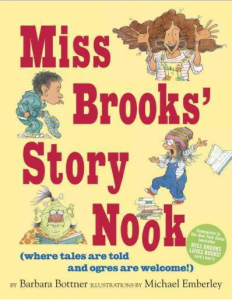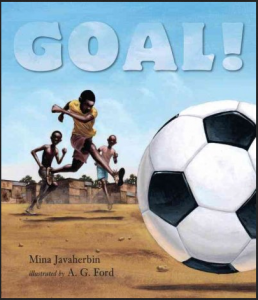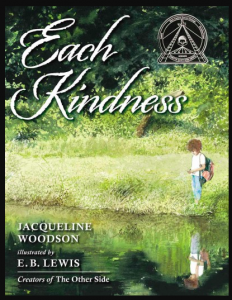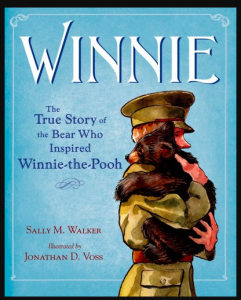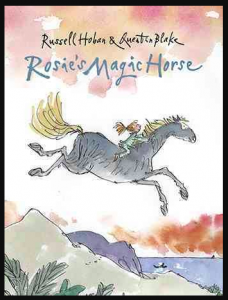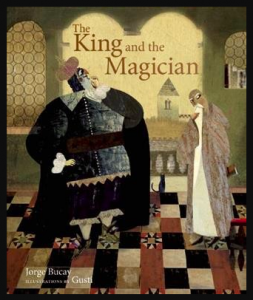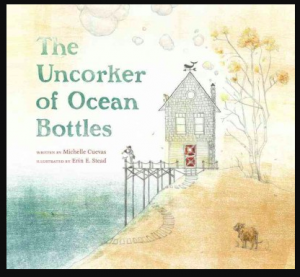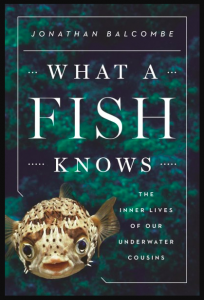“Knowing what’s right doesn’t mean much unless you do what’s right.” – Theodore Roosevelt, 26th American president
Bottner, Barbara. Miss Brooks’ Story Nook. New York: Alfred A. Knopf, 2014.
A school librarian humorously teaches her students a lesson about bullying.
French, Simon. My Cousin’s Keeper. Somerville, Mass.: Candlewick Press, 2014, c2012.
Eleven-year-old Kieran tries to be one of the popular kids at school, one of the powerful kids. What will he do when his cousin arrives in town? A cousin who isn’t athletic. Isn’t outgoing or confident. Soon Bon is the target of the powerful bullies. What should Kieran do? Life becomes even more confusing when the girl Kieran admires becomes friends with Bon, more complicated when he discovers why Bon has come. This memorable novel from Australia is recommended for readers 10 to 14 years old.
Javaherbin, Mina. Goal! Somerville, Mass.: Candlewick Press, 2010.
A group of soccer playing buddies fend off bullies who try to spoil their game in this picture book set in a South African township.
Woodson, Jacqueline. Each Kindness. New York: Nancy Paulsen Books, 2012.
Chloe and her friends realize they should not have been making fun of a classmate after a lesson from their teacher.
